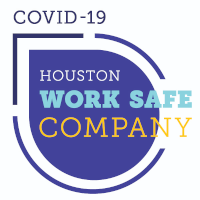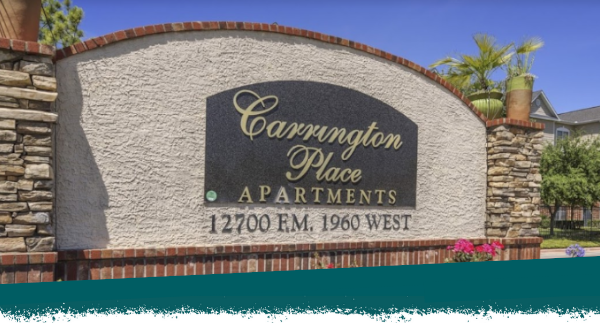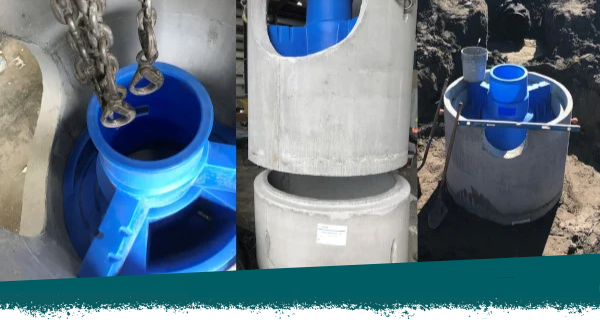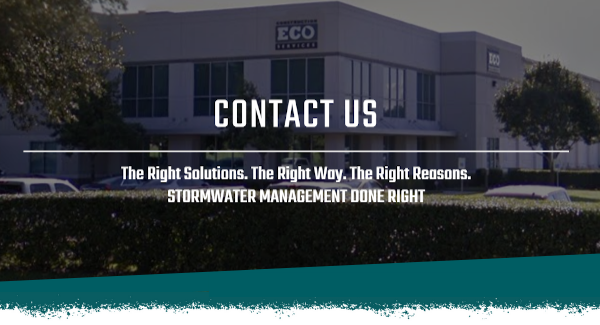

 Hello,
Hello,
We have curated some of the top news stories in the stormwater industry from this past month, as well as a few other items of interest. We appreciate you taking the time to read our ezine and hope that you find this stormwater related news as interesting and informative as we do.
Until next month, please work safe and stay safe.
Sincerely,
The Construction EcoServices Staff
TOP STORMWATER NEWS
LIDbit: Episode 5 Part 1 – Urban GI Pretreatment with the PreTX
youtube.com
Part one of this series includes an interview with Scott Gorneau of ACF and Convergent Water Technologies and introduces the product PreTX. Keep your biofilters, bioretention and subsurface infiltration systems clean using the recently developed PreTX pre-treatment system.
Strategy for Evaluating Soil Health Measurements Published by the Soil Health Institute
stormh2o.com
The Soil Health Institute (SHI) has announced that the first publication on the North American Project to Evaluate Soil Health Measurements (NAPESHM) is now available, open-source, in Agronomy Journal. “Introducing the North American Project to Evaluate Soil Health Measurements” describes the rationale, approach, and methods used in this continental-scale, collaborative soil health research project conducted by SHI. The paper documents the core strategic design, soil health measurements being evaluated, methods used, and sites participating in the US, Canada, and Mexico.
Stormwater Features Permit Compliance in the Time of COVID-19
estormwater.com
With the COVID-19 pandemic ever evolving, municipalities and industries are grappling with how to adjust to the new reality. Maintaining permit compliance, monitoring procedures and reporting in a time when there are new safety guidelines to adhere to can be very challenging. Incorporating COVID-19 safety measures into normal processes, like storm water permit compliance requirements and best management practices (BMPs),adds to the huge responsibilities that facility and municipal managers need to plan for. Additionally, annual budgets may be impacted to the point that hard decisions need to be made to determine what is essential for permit compliance.
Ecoroofs, Bioswales, Water Gardens: Cities Get Creative To Tame Stormwater Floods
insurancejournal.com
For more than a century, New Orleans has depended on canals and pumps to get rid of stormwater in a city where about half the land is below sea level. Now the bustling Mississippi River port that expanded by filling in wetlands is spending $270 million to create spaces for rainwater, such as the water garden planned on a 25-acre site provided by nuns who lived there before Hurricane
PPP Revision Lets Businesses Spend Less On Payrolls, More On Rent
bisnow.com
In its original form, the PPP required recipients of federally overseen loans (which later might be forgiven) to spend 75% of the proceeds on payrolls and only 25% on everything else. Business groups argued that 25% wasn’t enough for other eligible expenses, which include rent, mortgage payments, interest on loans and utility payments. Under the revision, only 60% of PPP loans must be spent on payrolls, leaving the remaining 40% for other eligible expenses.
Investors Are Ready On The Sidelines As Hunt For Distressed Assets Gears Up
bisnow.com
Billions in capital is poised to invest in distressed real estate assets, but most of it is still on the sidelines, experts say. The last recession set up a fertile field for distressed investing, or at least for picking up properties at a discount. Between August 2008 and June 2010, U.S. commercial property prices fell by 35%, according to Real Capital Analytics. But as the Great Recession receded over the rest of the decade, prices more than doubled, and investors who had gambled on a recovery.
SUBSCRIBE
Each month, you can expect a professionally formatted and high-quality stormwater newsletter from us. Sign up, you’ll be glad you did.
PAST ISSUES
SHARE
FEATURED EVENT
FREE, Live Webinar Series Event: The BIG 4
The purpose of this FREE, live, 4-part Lounge & Learn webinar series is to provide a well-rounded view of the current state of stormwater management. We will accomplish this by discussing THE BIG 4, four key pillars of stormwater management: SWPPP, SWQ, LID and Automation (a.k.a. From Gray to Green to Smart). Our end goal is to provide you with modern and actionable approaches for when your job interconnects with stormwater management. These four sessions have been designed as a “something for everyone” appraoch to educate each field involved in stormwater. Whether you are a developer or civil engineer, general contractor or MS4 staff member, we will arm you with current and accurate information that will allow you to do your job better and be part of improving the quality and management of our national and local water sources. Earn 1-PEU for each session.
WEBINAR #1 – FROM GRAY TO GREEN TO SMART
July 1st: 12-1pm
In this session, we will discuss the 21st-century problem of crumbling grey infrastructure and its inability to effectively manage stormwater volume in urban settings throughout the United States. The recent addition of green infrastructure has helped augment grey infrastructure as to allow sewer systems to operate more effectively and efficiently. And now, in this new era of stormwater management, controlling entire watersheds can be done using automation. Imagine automated controls kicking in and draining all detention ponds and other systems in a watershed just prior to a storm event’s arrival…and doing so without anyone having to leave their home or office.
WEBINAR #2 – LOW IMPACT DEVELOPMENT (LID)
July 8th 12-1pm
While Low Impact Development (LID) has been around for over two decades, many financial benefits and advanced concepts are still not fully understood by most. In this session, we primarily focus on the economics of LID by showcases several case studies where an LID approach not only satisfied the stormwater requirements, but notably lowered the cost of development. In addition, in many cases, an LID approach actually freed up more land to develop on and thereby increased the end-value of the property being developed. Other economic benefits that we will touch upon are reduced land clearing and grading costs, increased project marketability, improved aesthetics, and lower maintenance costs.
WEBINAR #3 – STORMWATER QUALITY MANAGEMENT (SWQM)
July 15th 12-1pm
Stormwater Quality (SWQ) permitting regulations exist to improve water quality, reduce flood risk and to minimize negative impacts of development on our watersheds. Without these programs, the effects that a growing community creates would have a devastating impact on our region’s already impaired rivers, streams and bayous. This presentation will be discussing the common types of Stormwater Quality Devices that are used in Harris County and City of Houston along with the pros and cons of each system that have been seen. Additional goals will be to understand longevity of different types of projects, life cycle costs, and types of maintenance involved.
WEBINAR #4 – STORMWATER POLLUTION PREVENTION (SWPPP)
July 22nd 12-1pm
Construction permits require that each site implement a site-specific Stormwater Pollution Prevention Plan (SWPPP), use effective control measures to minimize pollutant discharges, and provide training for employees. In this engaging, construction-focused session, we will discuss the latest regulations and site misconceptions, the common techniques that expose construction sites to a high level of risk, the importance of stabilization, and straightforward strategies for stormwater compliance and profitability. By end of this session, you and your team will have the latest on how to identify potential sources of pollution, discharge, or contamination, and methods to prevent and control storm water pollution.
| MORE INFO & SIGN UP |

FEATURED CASE STUDY
Doctor, We Need More Hose STAT!
With most SWQM system clean outs, a vacuum truck typically drives up to the stormwater feature that needs to be cleaned out, a hose is dropped in and debris is vacuumed out. However, in this instance, The Carrington Place Apartments layout did not offer any possible truck access to a feature located behind one of the buildings. The typical vacuum truck is slightly larger than the garbage trucks we see hoisting up residential trash cans and therefore requires far more than a walkway to drive on. In addition, behind the building is the apartment’s property border which is lined with a tall metal fence which a vacuum hose could neither go over, through or under. As manually cleaning the type of SWQM feature that was behind this building would be fairly impractical, Construction EcoServices needed to devise an unusual solution to an unusual problem
| CONTINUE READING |

FEATURED OFFER: $1000 OFF
CONTRACTORS: Get $1000 of a First Defense Hydrodynamic Separator
Our products partner, Hydro International, is offering our contractor friends a great offer, automatically save $1000 off your next water quality structure by using a First Defense® Hydrodynamic Separator instead of an alternative separator.
Advantages Worth Noting:
- smaller unit compared most other separators (cost-effective, saves space, less digging, etc…)
- comes pre-assembled
- extremely easy to install
- variable configurations (connect up to multiple pipes, large degree of freedom)
|
|

GOT A PROJECT? GET IN TOUCH.
We offer stormwater consulting and value-engineering services, turnkey SWPPP compliance services during construction activity, erosion control solutions for slopes and channels, and post-construction compliance services for stormwater management systems for detention and stormwater quality treatment. Need help? Contact us today.
| CONTACT US |
